In the dim glow of a backstreet Istanbul café, the air thick with the scent of cardamom and roasted beans, a woman leans forward as her companion rotates the delicate porcelain cup three times counterclockwise. The ritual isn’t merely about finishing a drink—it’s an invitation to unravel the future. Turkish coffee, with its unfiltered grounds and centuries-old traditions, serves as both a social lubricant and a mystical compass in cultures stretching from the Balkans to the Levant. But beyond its rich flavor lies a practice far more intriguing: the art of tasseography, or coffee cup reading, where the patterns left by the sludge become a canvas for prophecy.
The preparation itself is a dance of precision and patience. Finely ground coffee, water, and often a pinch of spice are simmered in a cezve, the small brass pot ubiquitous in Turkish households. Unlike espresso or drip coffee, the brew is never filtered, allowing the grounds to settle at the bottom of the cup like sediment. This residue is the key to the ritual. After drinking, the cup is inverted onto the saucer, left to cool, and then interpreted by a reader—sometimes a professional, often a grandmother or aunt wielding generations of folk wisdom. The shapes that emerge—a bird, a chain, a winding road—are said to reveal everything from impending marriages to financial windfalls.
What makes Turkish coffee divination unique is its inseparable tie to social bonding. In Turkey, the phrase "Let’s have coffee" rarely refers to a quick caffeine fix. It’s an open-ended invitation for conversation, confession, and camaraderie. The act of sharing a cup creates a sacred space where secrets are exchanged alongside sips, and the subsequent reading—whether taken seriously or treated as playful banter—strengthens connections. "You’ll see a stranger bringing good news," a reader might say, prompting the drinker to scrutinize every interaction for days afterward. The prophecy, real or imagined, becomes a shared narrative.
The symbols in the cup follow a loose lexicon passed down through oral tradition. A cluster of dots might signify money, while a hook warns of deceit. But like any folk art, interpretations vary by region and reader. In Beirut, a scorpion shape could denote an enemy, whereas in Sarajevo, it might symbolize resilience. Skeptics dismiss it as cold reading—the art of making vague statements that seem personal—but practitioners argue that the magic lies in the interpreter’s intuition and the drinker’s willingness to reflect. "The coffee doesn’t lie," an Istanbul-based falci (fortune teller) insists. "It shows what your subconscious already knows."
Modernity has both eroded and reinvented the tradition. Urban cafes now offer "digital tasseography," where patrons upload photos of their cups to apps for algorithmic readings—a far cry from the intimate gatherings of village elders. Yet in immigrant communities from Berlin to Brooklyn, the ritual persists as a tactile link to heritage. At a cozy café in Amsterdam, a group of Turkish-Dutch women laugh as one "reads" a cup’s zigzag pattern as "too much indecision about which bicycle to buy." The humor doesn’t negate the tradition; it adapts it.
The politics of coffee fortune-telling also mirror societal shifts. In conservative circles, some dismiss it as haram (forbidden), while others see it as harmless fun. Feminist collectives in Istanbul have reclaimed it as a space for women’s storytelling, free from male scrutiny. Meanwhile, LGBTQ+ communities in Ankara subvert the practice, jokingly interpreting phallic shapes as signs of liberation. The cup, it seems, reflects not just individual fate but collective identity.
Science offers alternative explanations for the phenomenon. The Barnum effect—where people believe vague descriptions apply uniquely to them—likely plays a role. So does the ritual’s power as a mindfulness exercise: turning the cup forces a pause, a moment of introspection rare in today’s frenetic world. Whether one believes in divination or not, the practice underscores a universal truth: humans crave narratives to make sense of chaos, and sometimes, those stories are best served with a thick layer of coffee grounds.
As global interest in ancestral wisdom surges, Turkish coffee reading is experiencing an unlikely revival. Workshops in London teach the "grammar" of symbols, while Instagram psychics offer live readings via DM. Yet the heart of the tradition remains in its original form—a shared pot, a circle of trusted faces, and the quiet thrill of wondering if that odd blob really does look like a ship (a sign of travel, naturally). In the end, the magic may not be in the prediction’s accuracy, but in the way it weaves together past, present, and future over something as simple as a cup of mud-thick coffee.

By /May 11, 2025
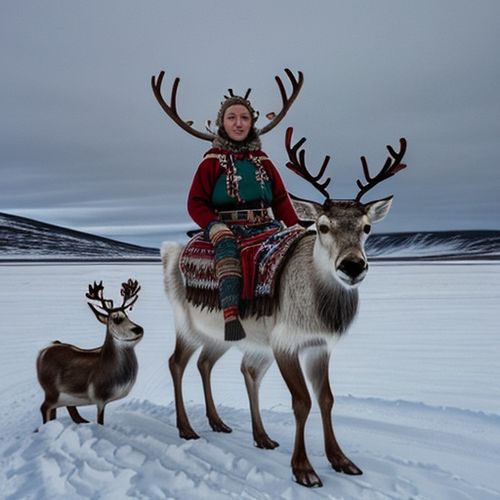
By /May 11, 2025

By /May 11, 2025

By /May 11, 2025

By /May 11, 2025
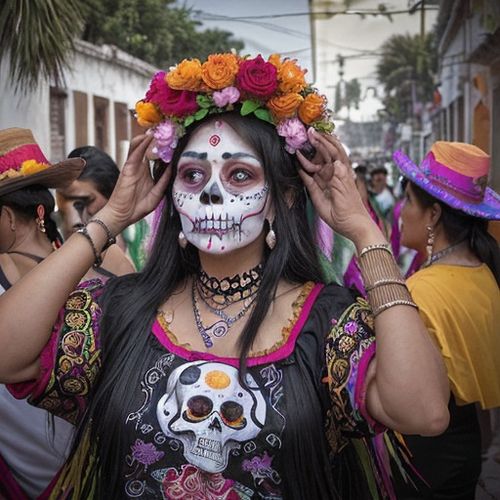
By /May 11, 2025

By /May 11, 2025

By /May 11, 2025

By /May 11, 2025
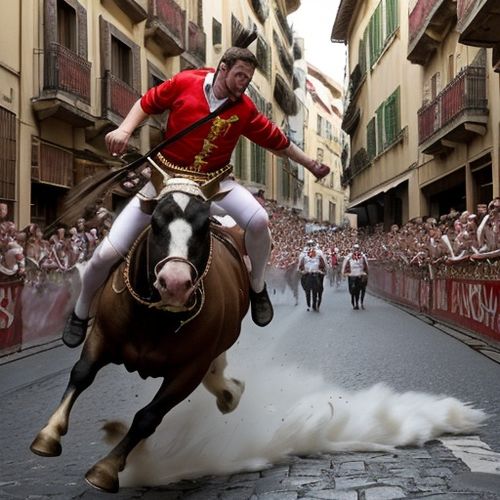
By /May 11, 2025

By /May 11, 2025

By /May 11, 2025
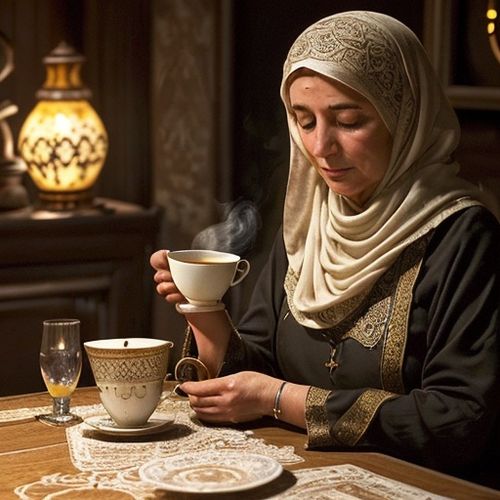
By /May 11, 2025
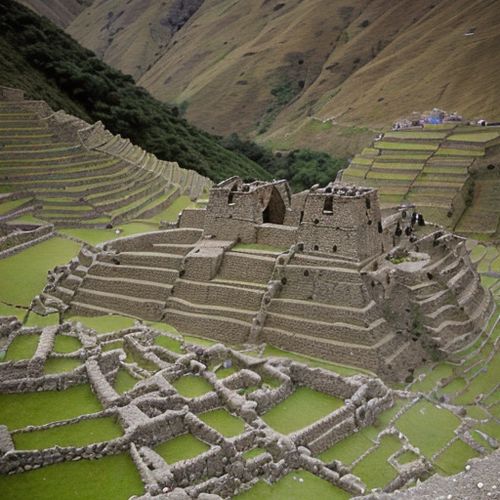
By /May 11, 2025

By /May 11, 2025
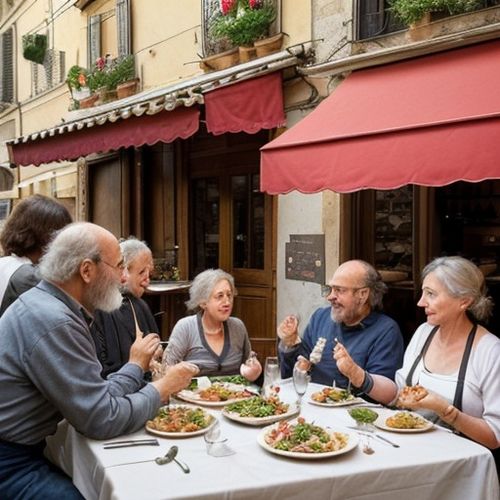
By /May 11, 2025

By /May 11, 2025
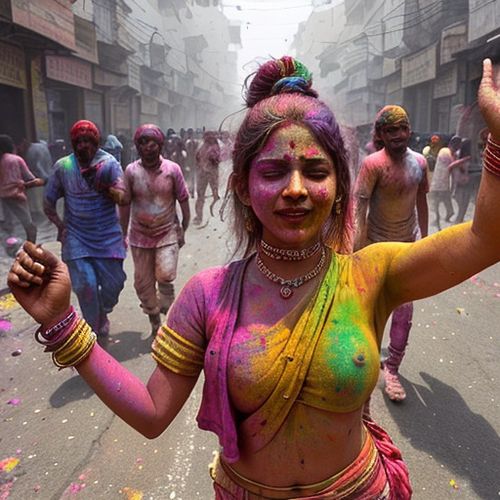
By /May 11, 2025
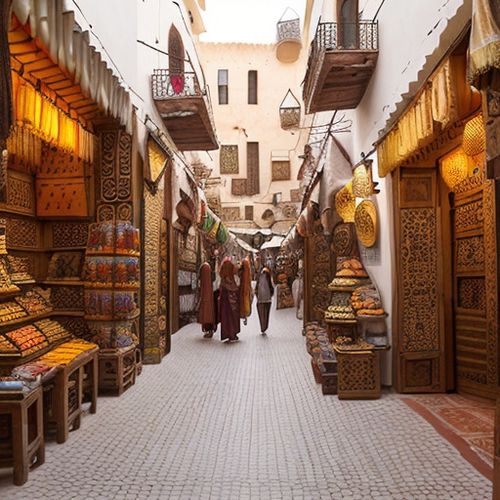
By /May 11, 2025
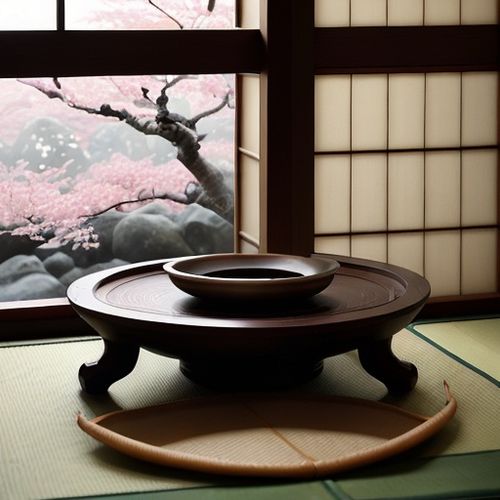
By /May 11, 2025